

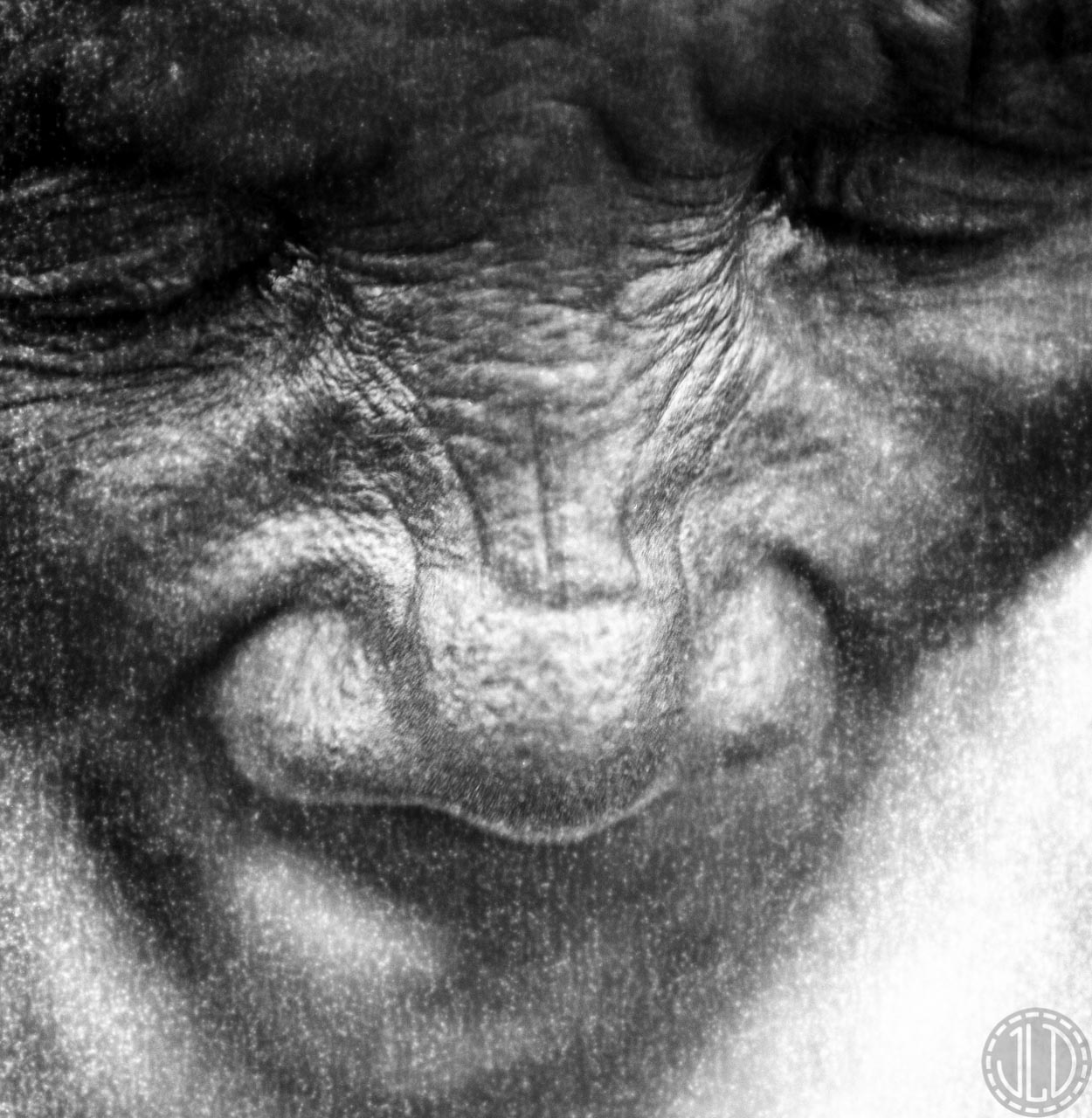



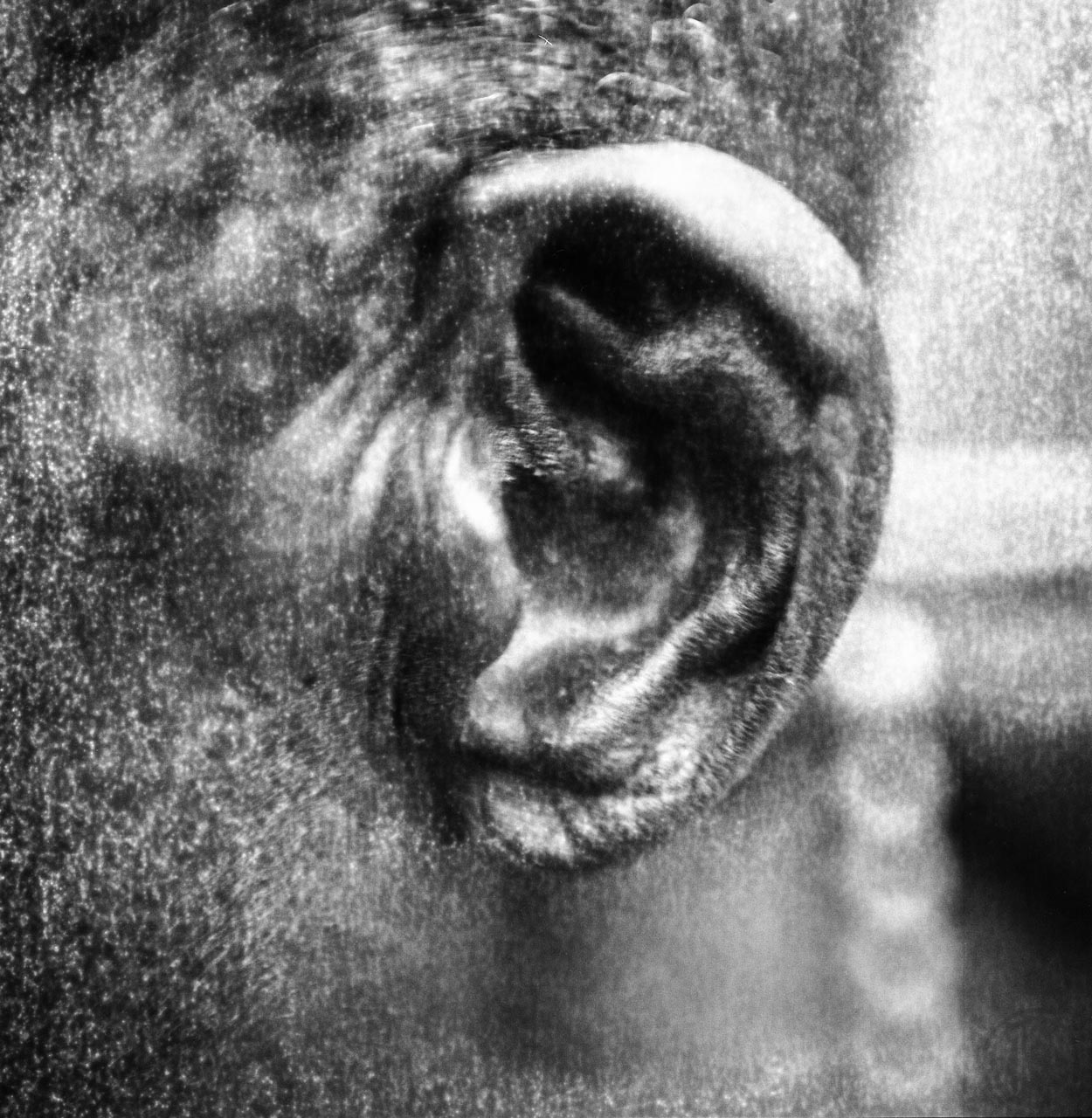

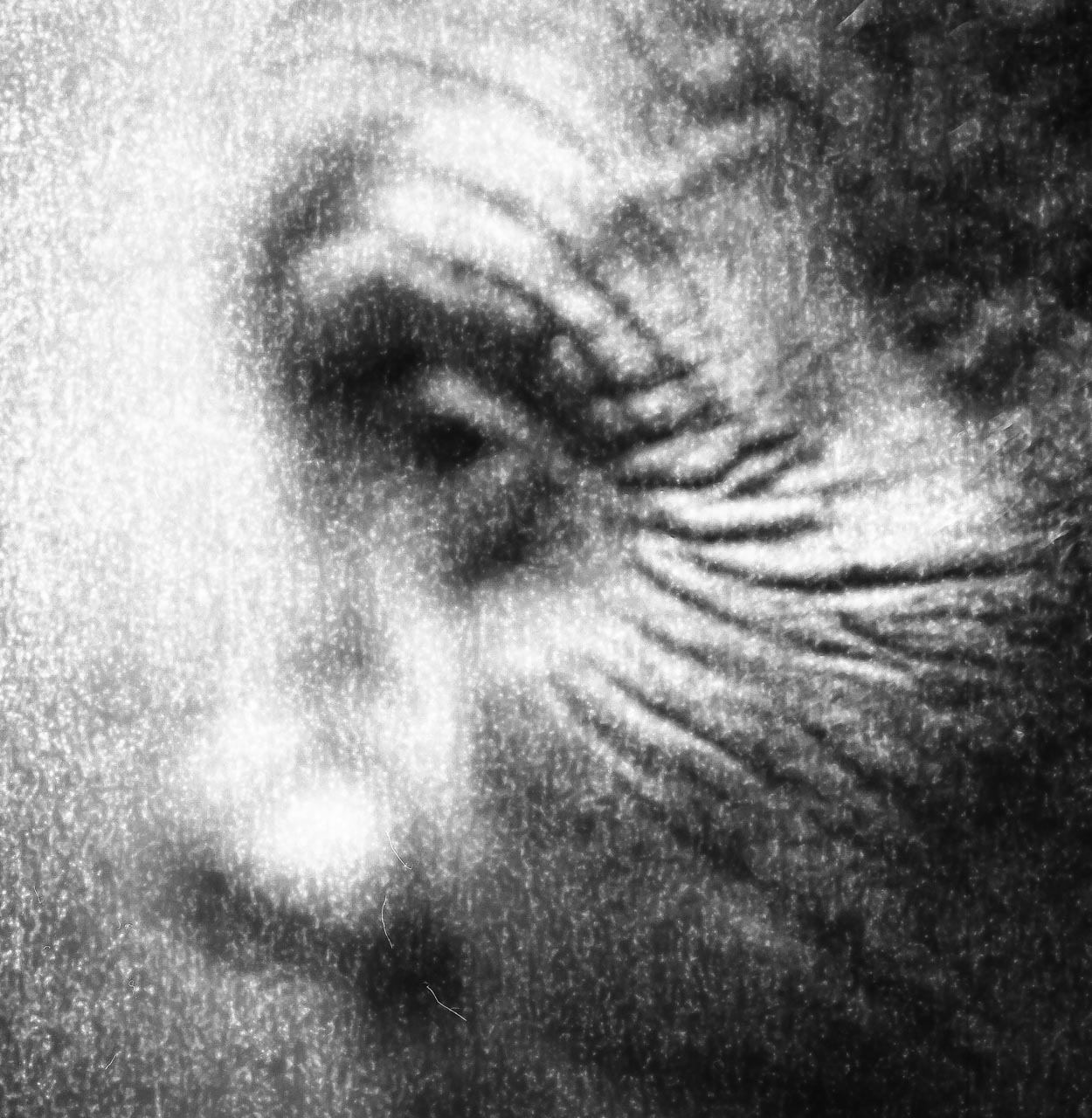

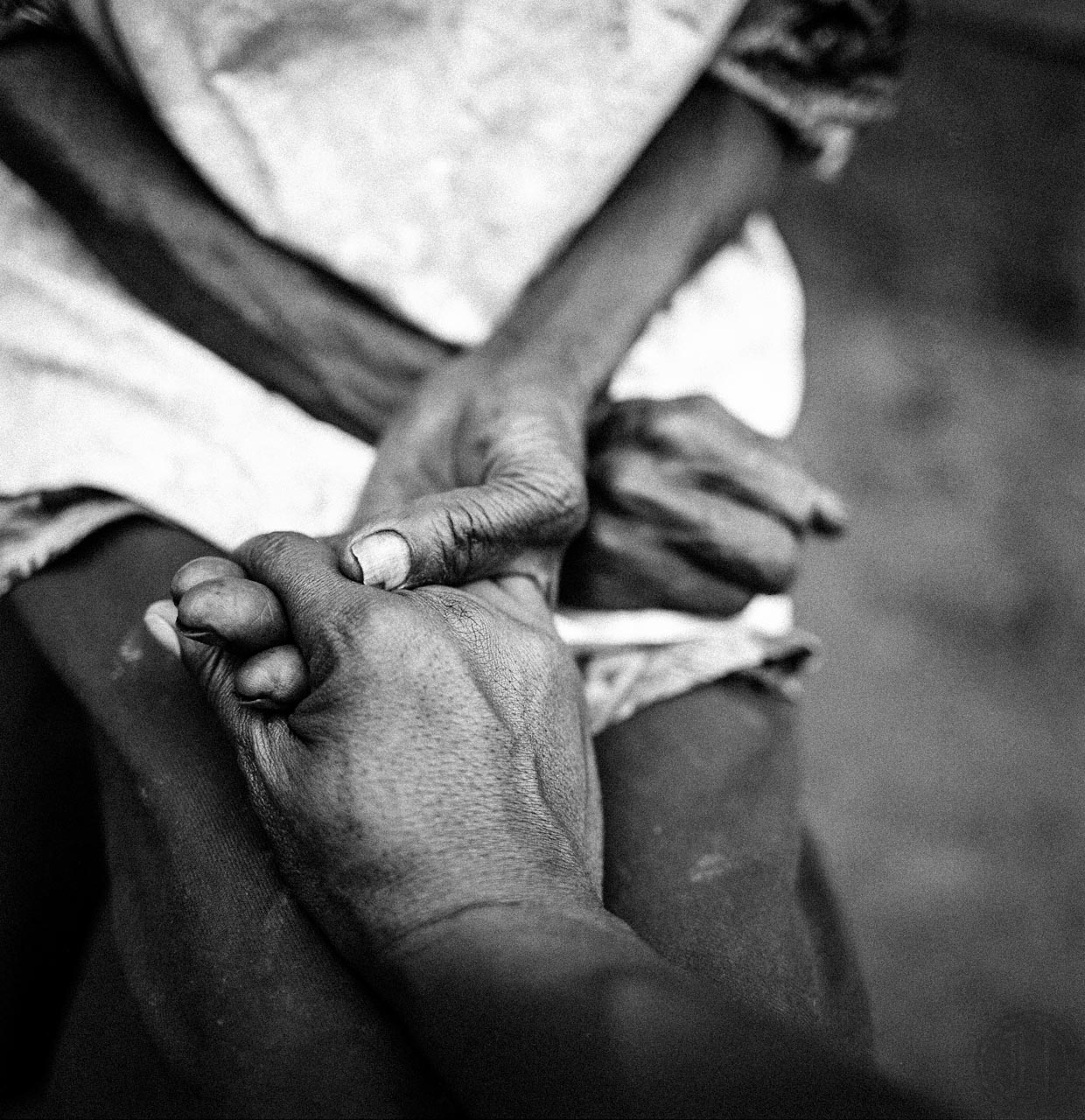

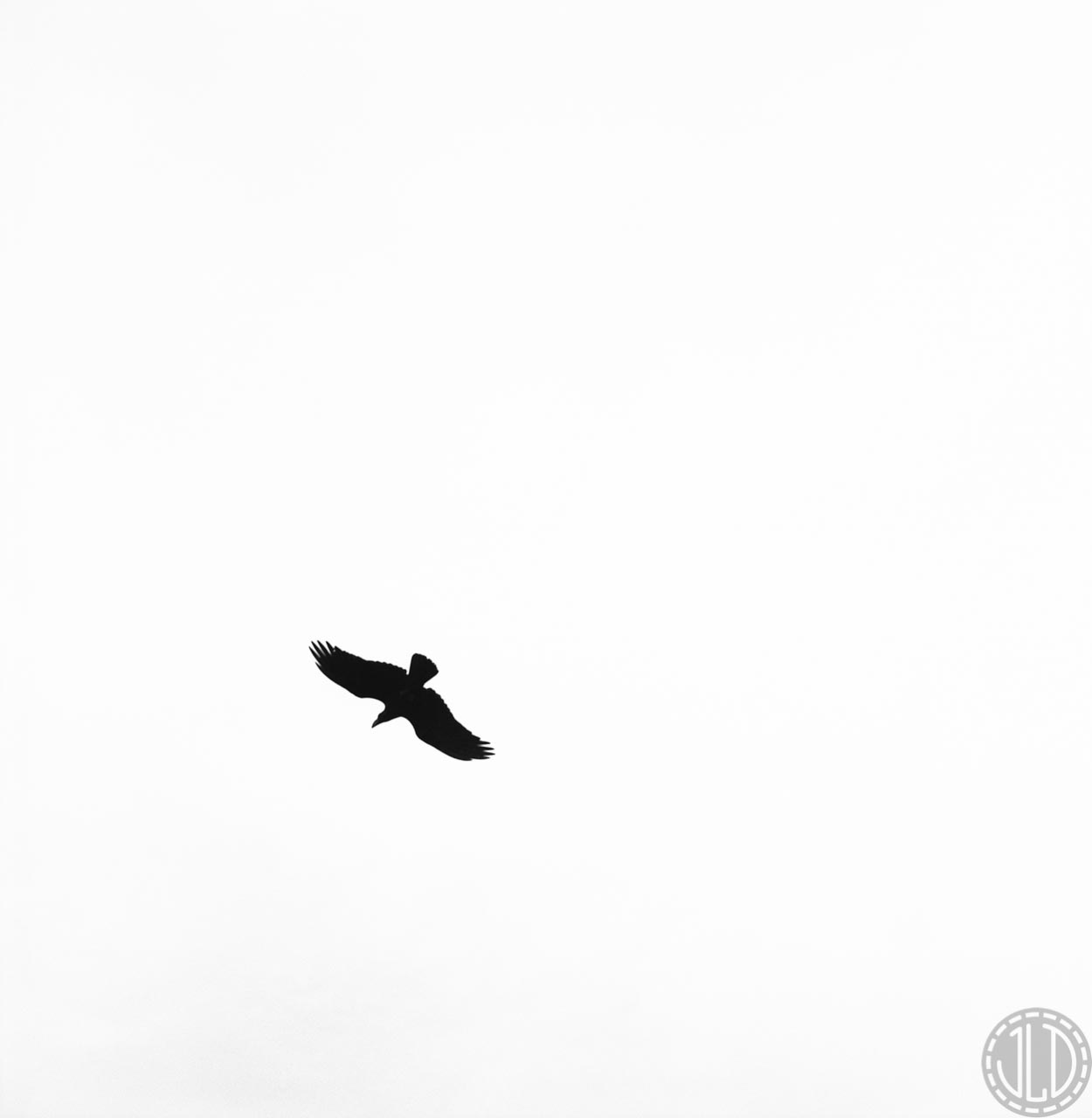

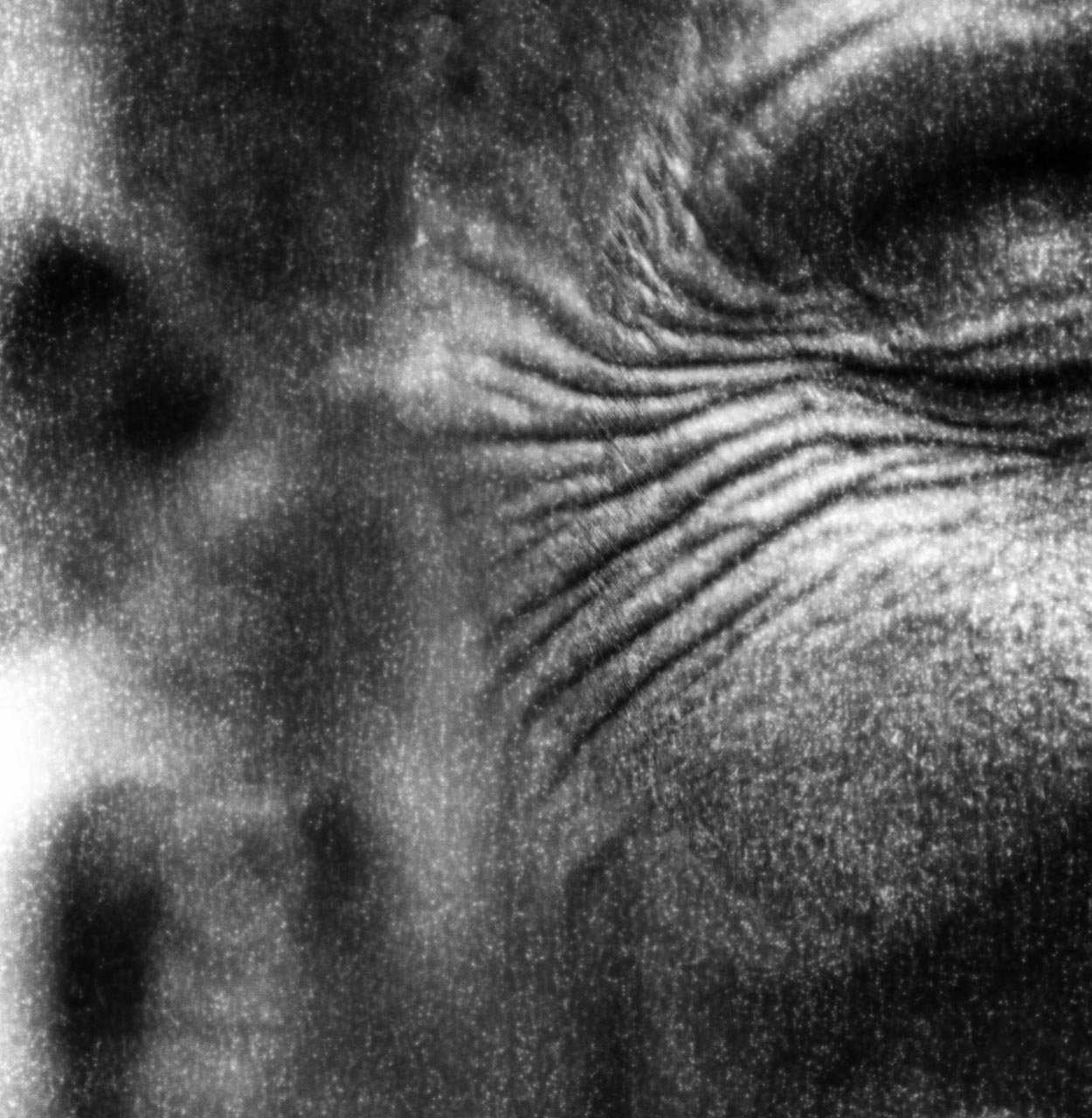

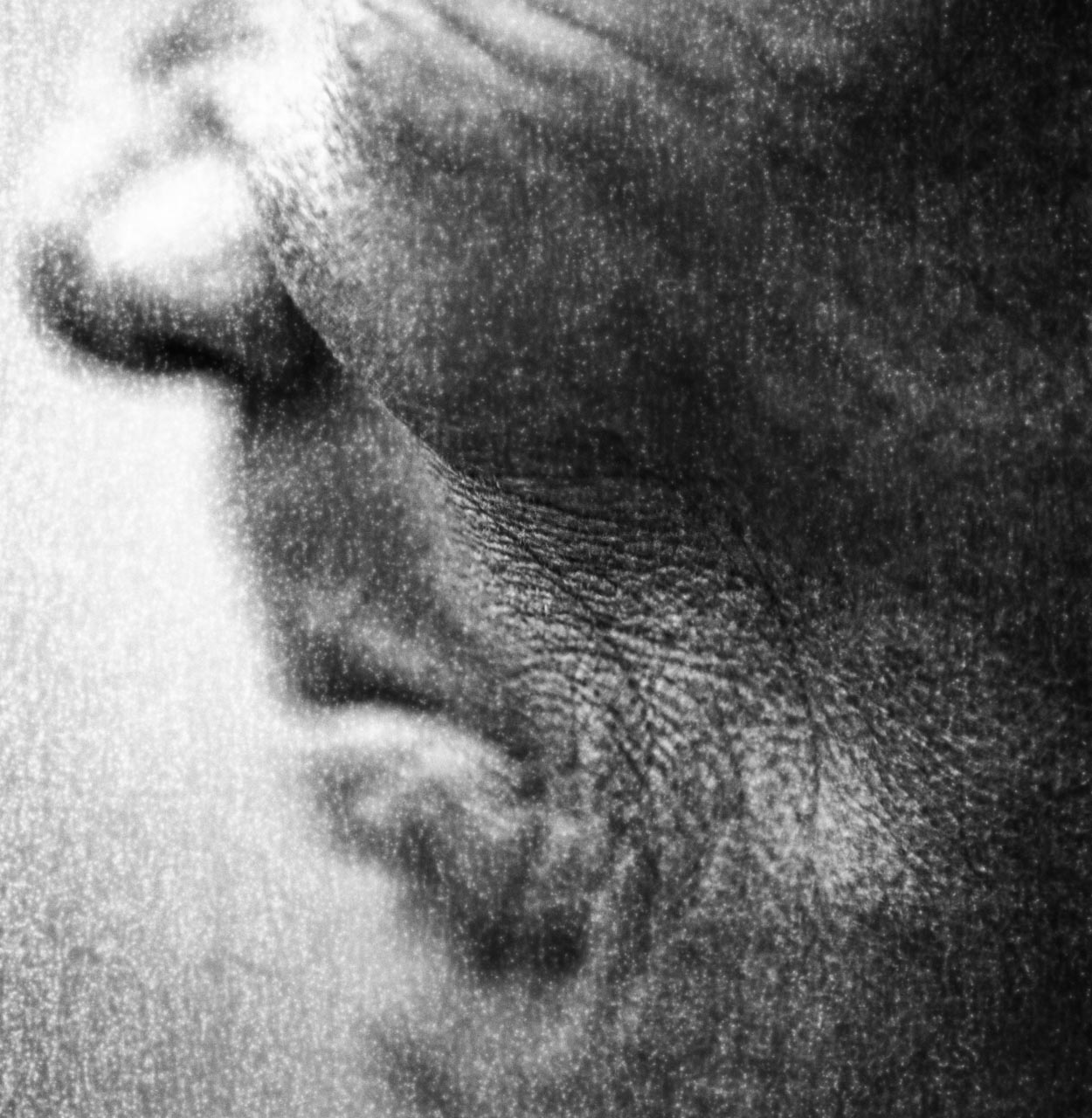

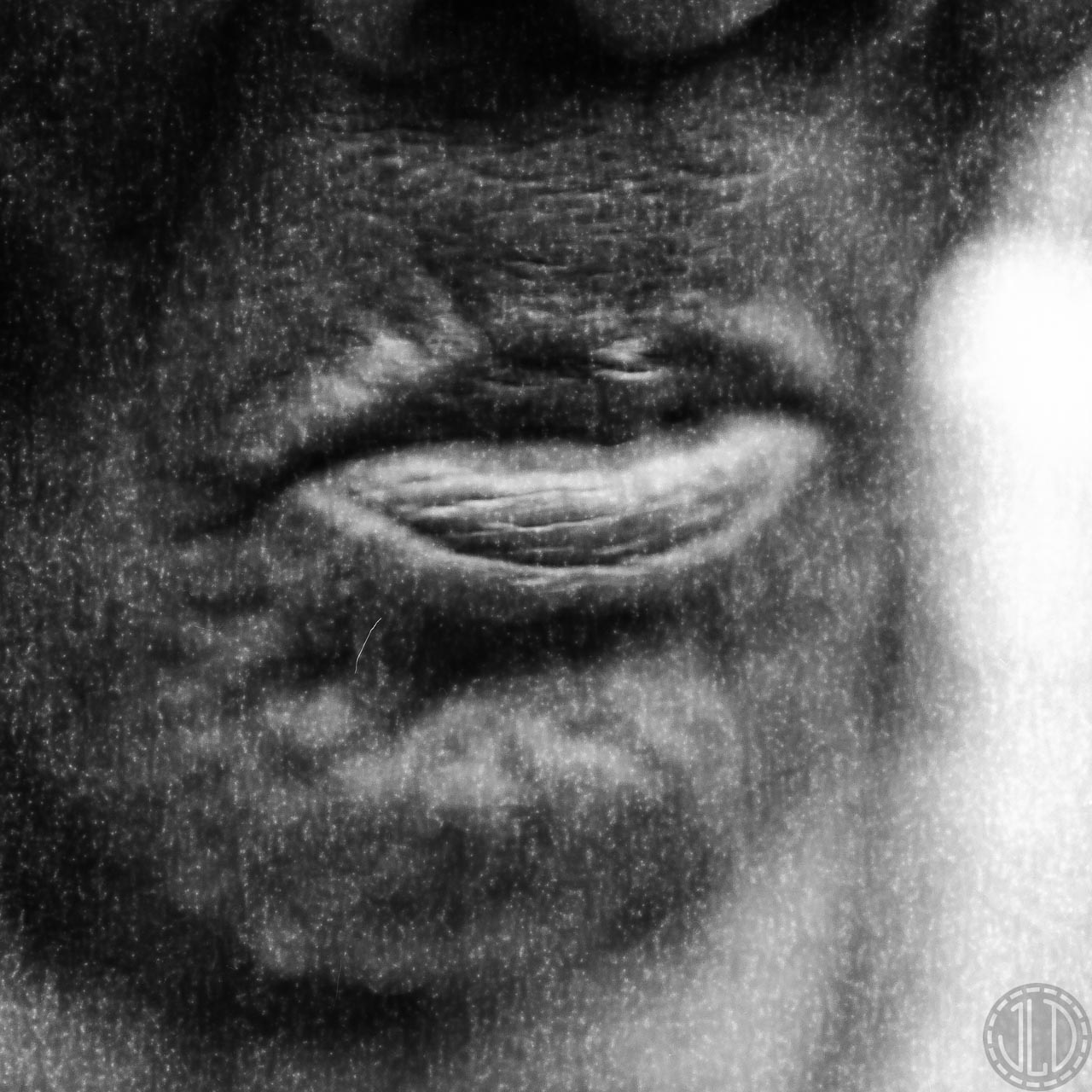

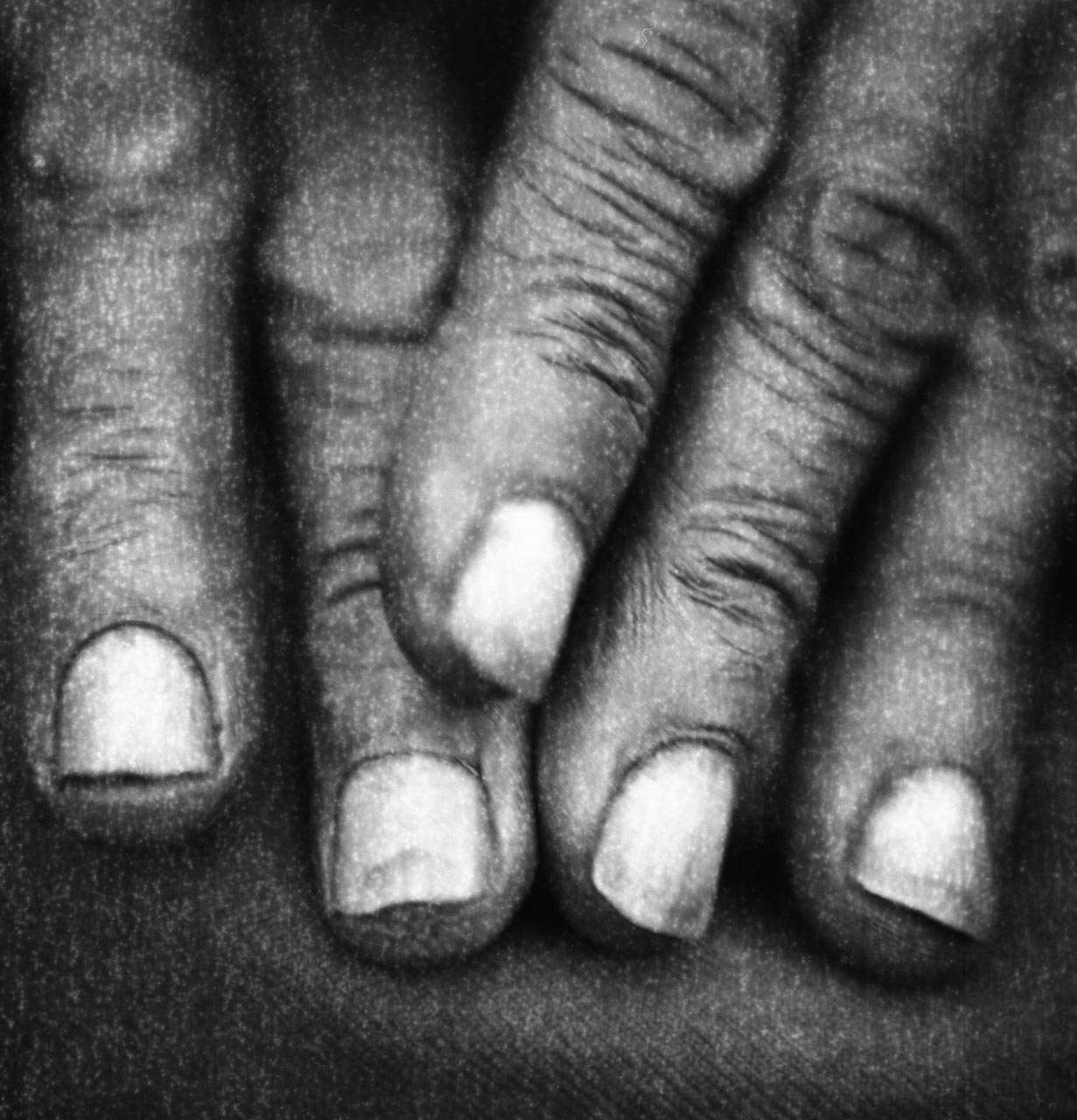

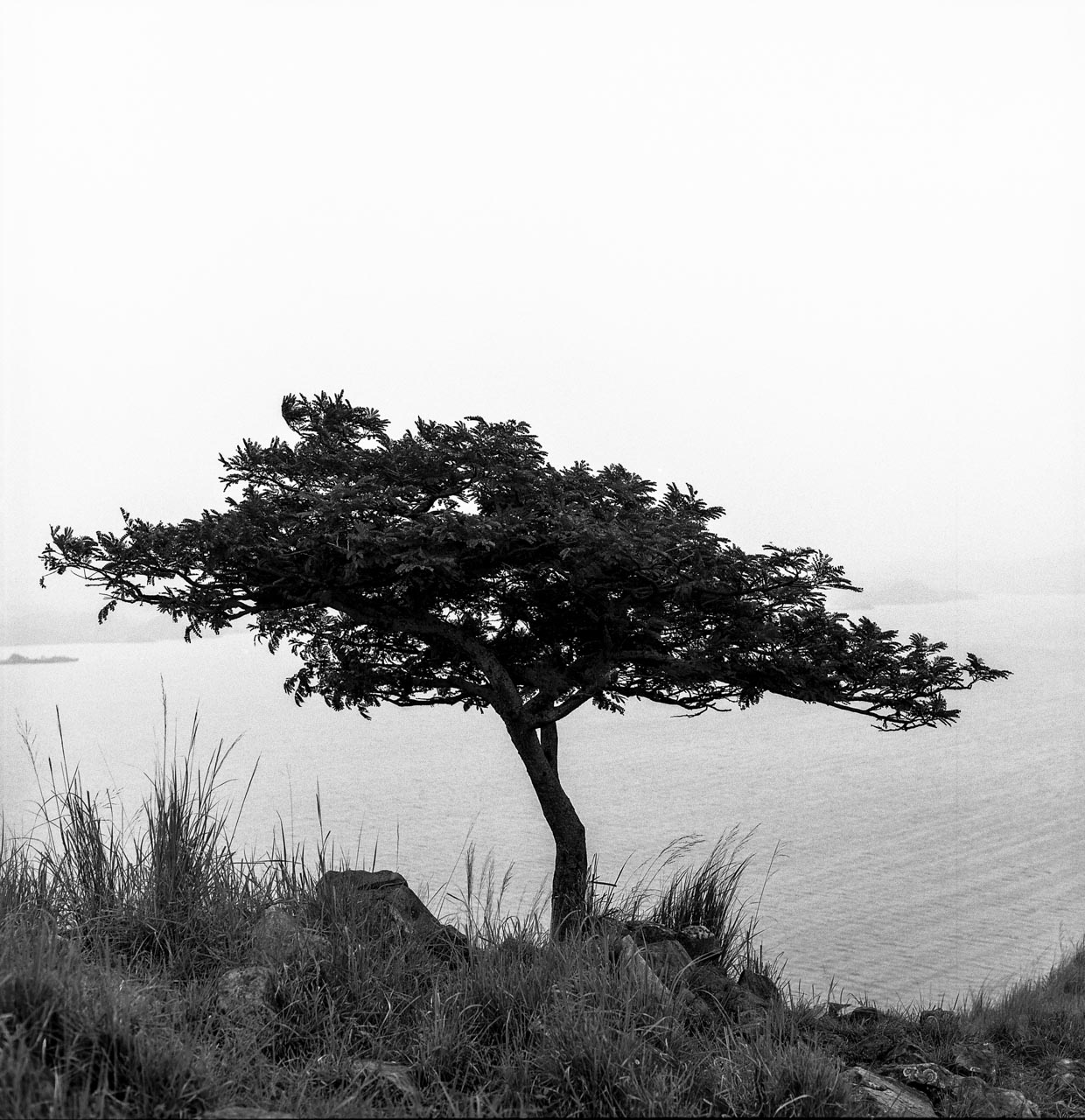

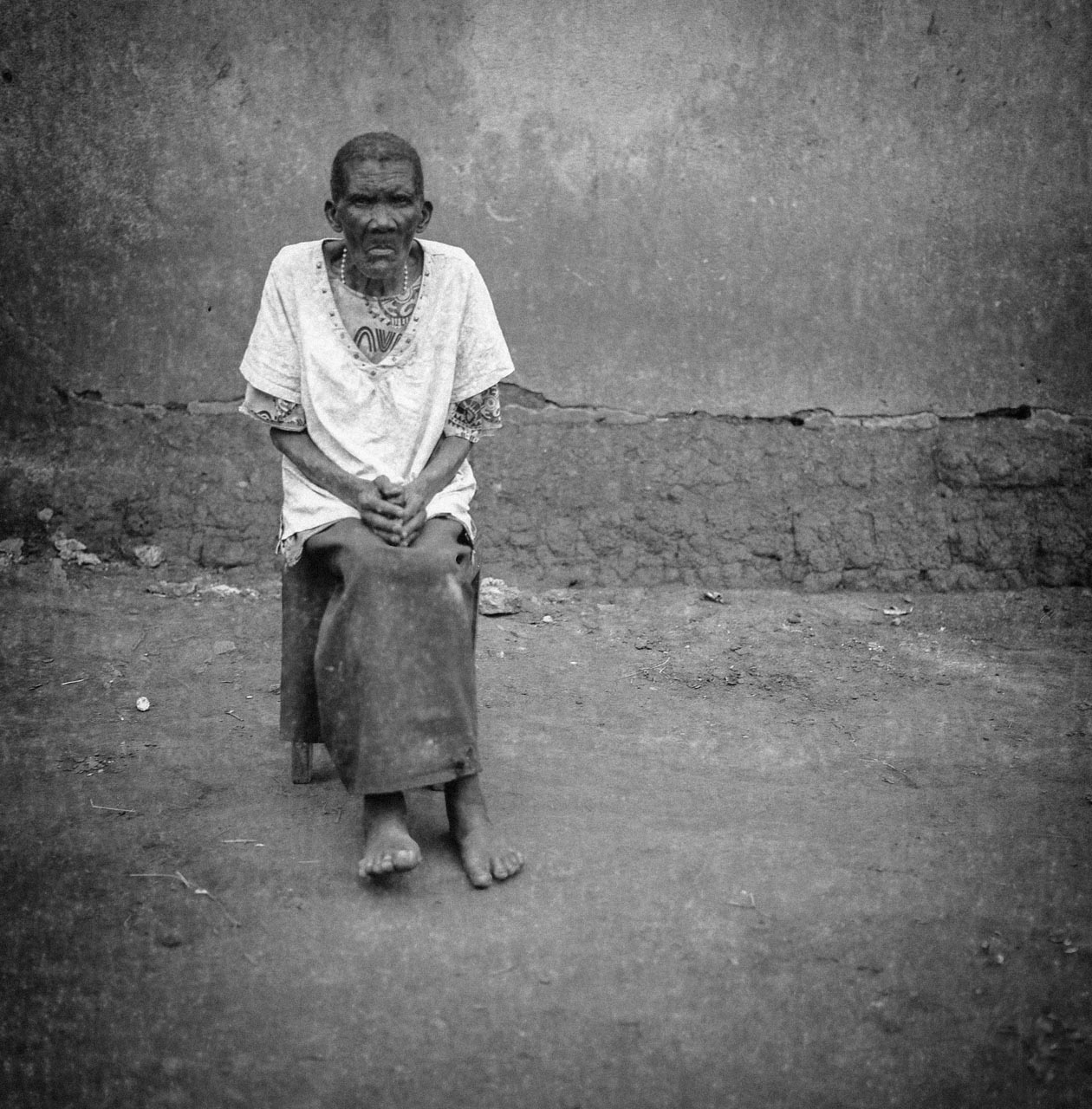

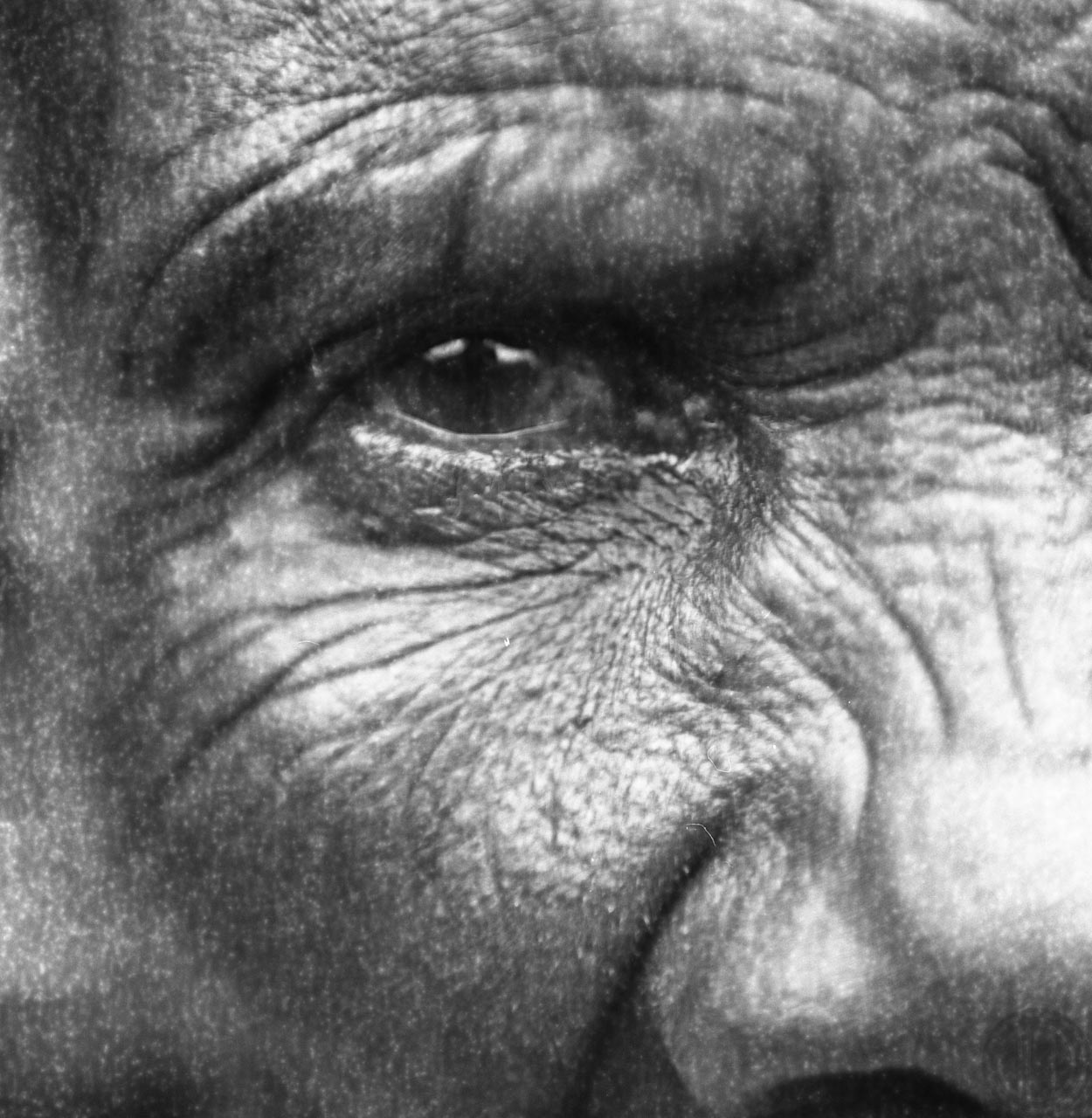

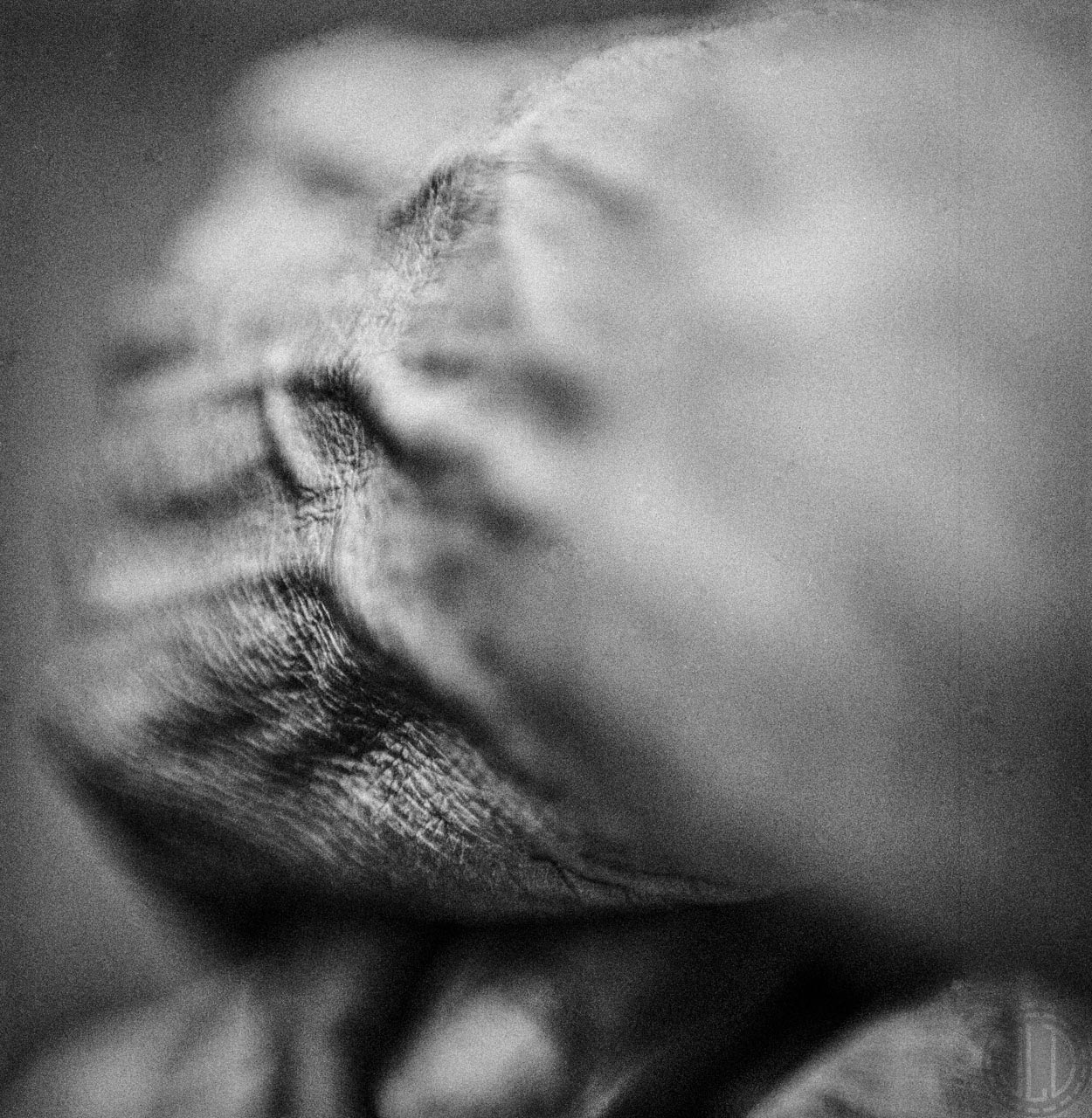

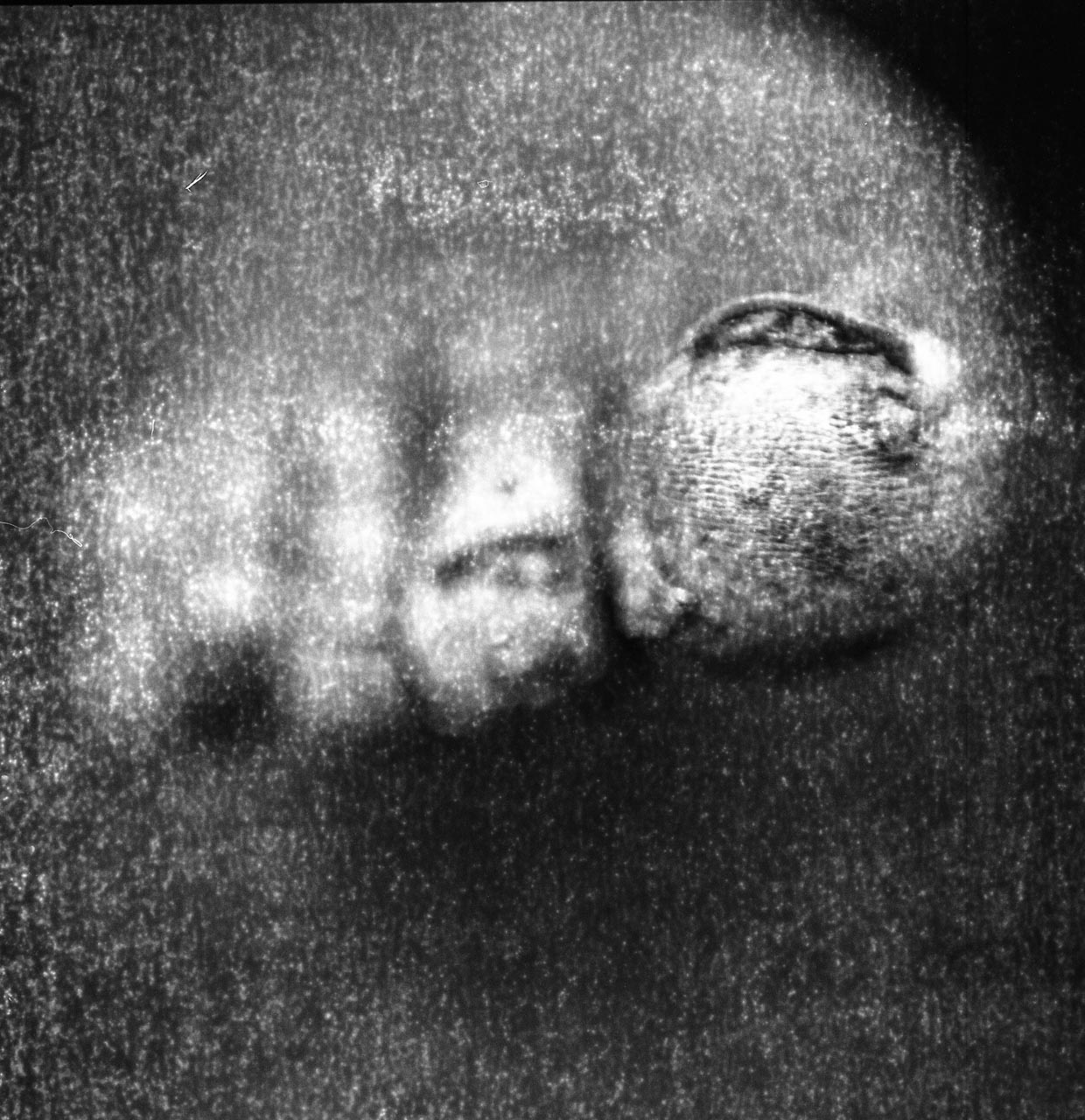

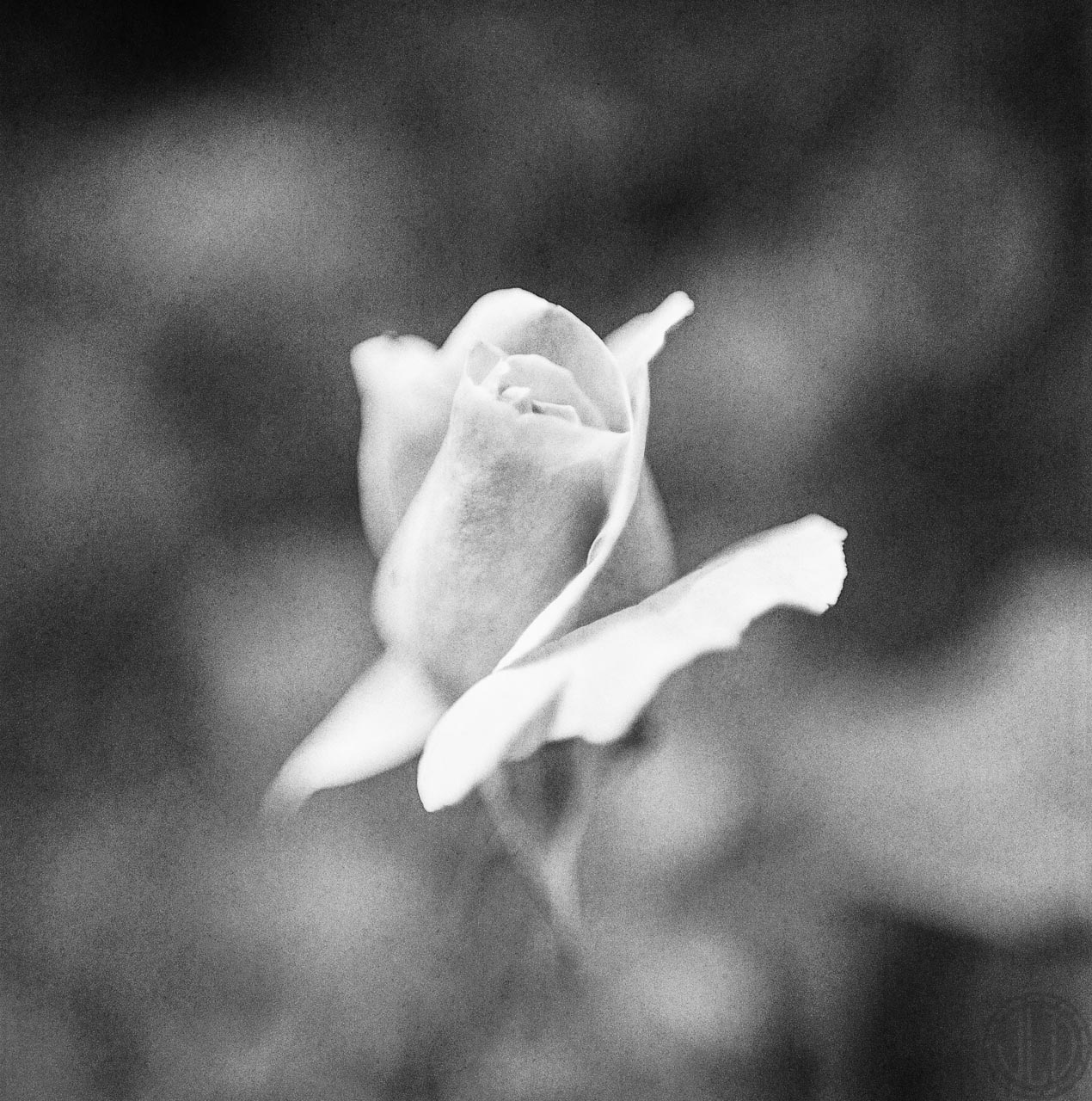

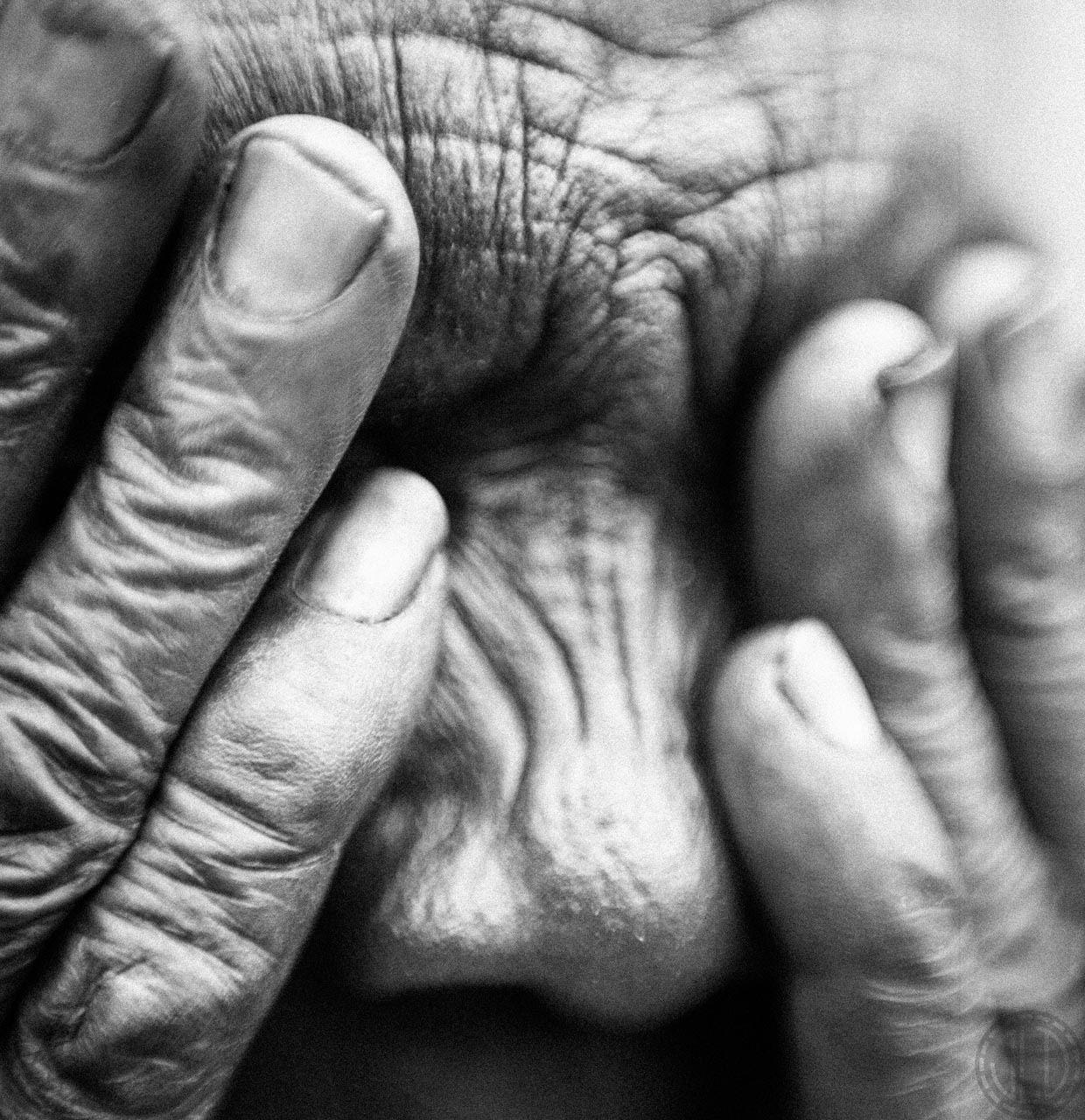

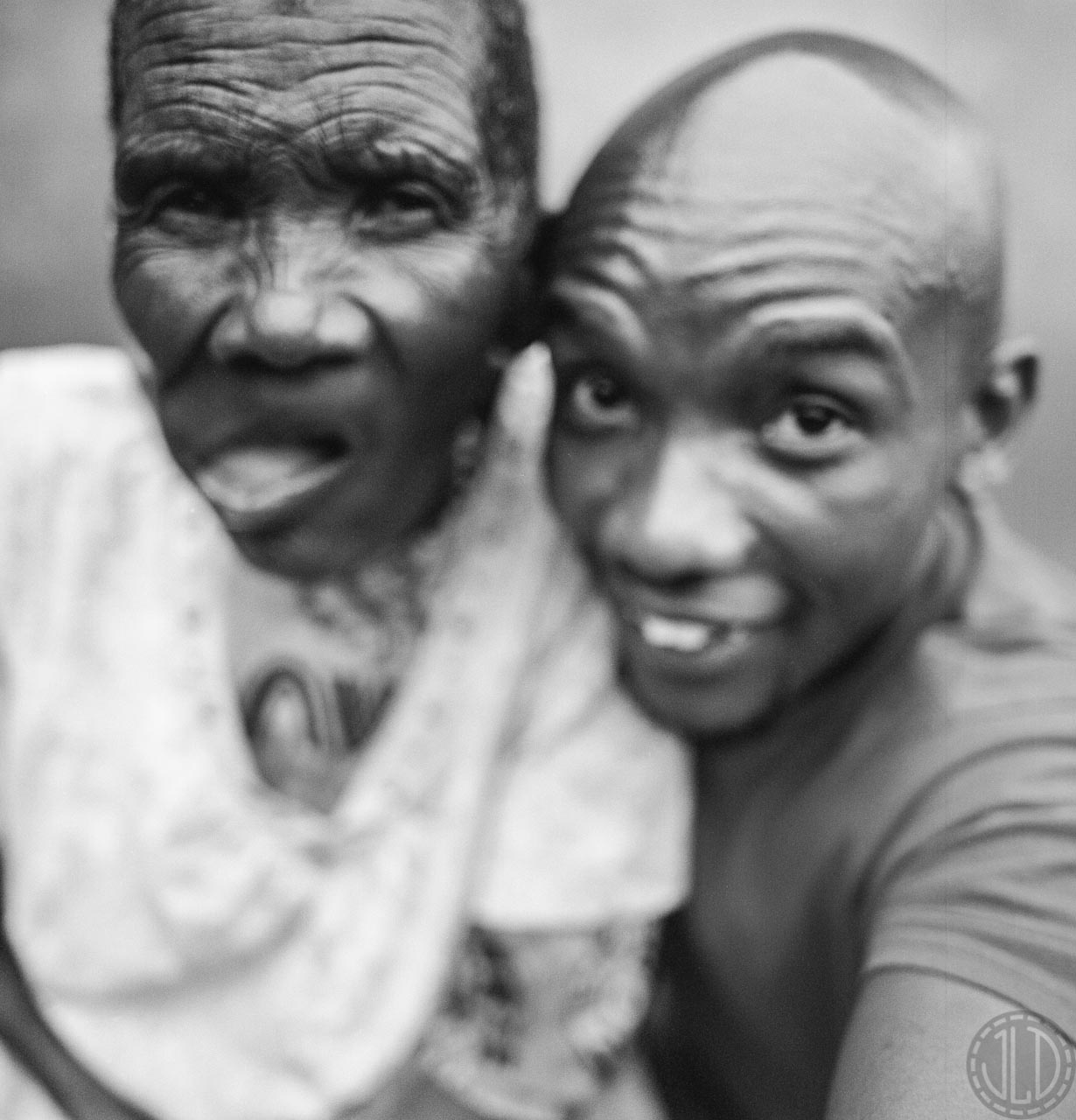




















A personal journey through photography and return
The last time I saw my grandmother, I was just a young boy. I dreamed of playing basketball for the Chicago Bulls and danced endlessly to MC Hammer. Life felt light and full of possibility. But in 1994, everything changed. My family and I were forced to flee our home in Rwanda amid war and genocide. From that moment on, we were constantly on the move, eventually settling in the United States in 2004.
Though I never found the strength to return home for many years, Rwanda never left me. I lived with the contrast between my warm memories of childhood—of laughter, love, and familiarity—and the haunting images of violence and displacement I witnessed in my early teens, both in Rwanda and in the Democratic Republic of Congo. I was caught in between: past and present, memory and trauma, home and exile.
Then I discovered photography.
The camera became more than just a tool—it became my companion, my therapist, and my passport. Through photography, I began documenting my surroundings, my family, and eventually, my healing. As I grew as a photographer, I also began to understand the other parts of who I was: not only a survivor, but an artist, a teacher, a traveler, and a storyteller. Photography unlocked a part of me that had long been buried under fear. And with that courage, I finally returned home.
The most precious moments of that return were the ones I spent with my grandmother. A survivor of many crises herself, her presence was a living link to the past and a symbol of strength. I wanted to capture not just her image, but the passage of time written on her body. To do that, I reversed my 80mm Zeiss lens on a Hasselblad and photographed her as closely as I could—every wrinkle, every crease, every delicate fold of skin.
Each line on her face is not just a mark of age, but a testament to a life endured and lived fully.
